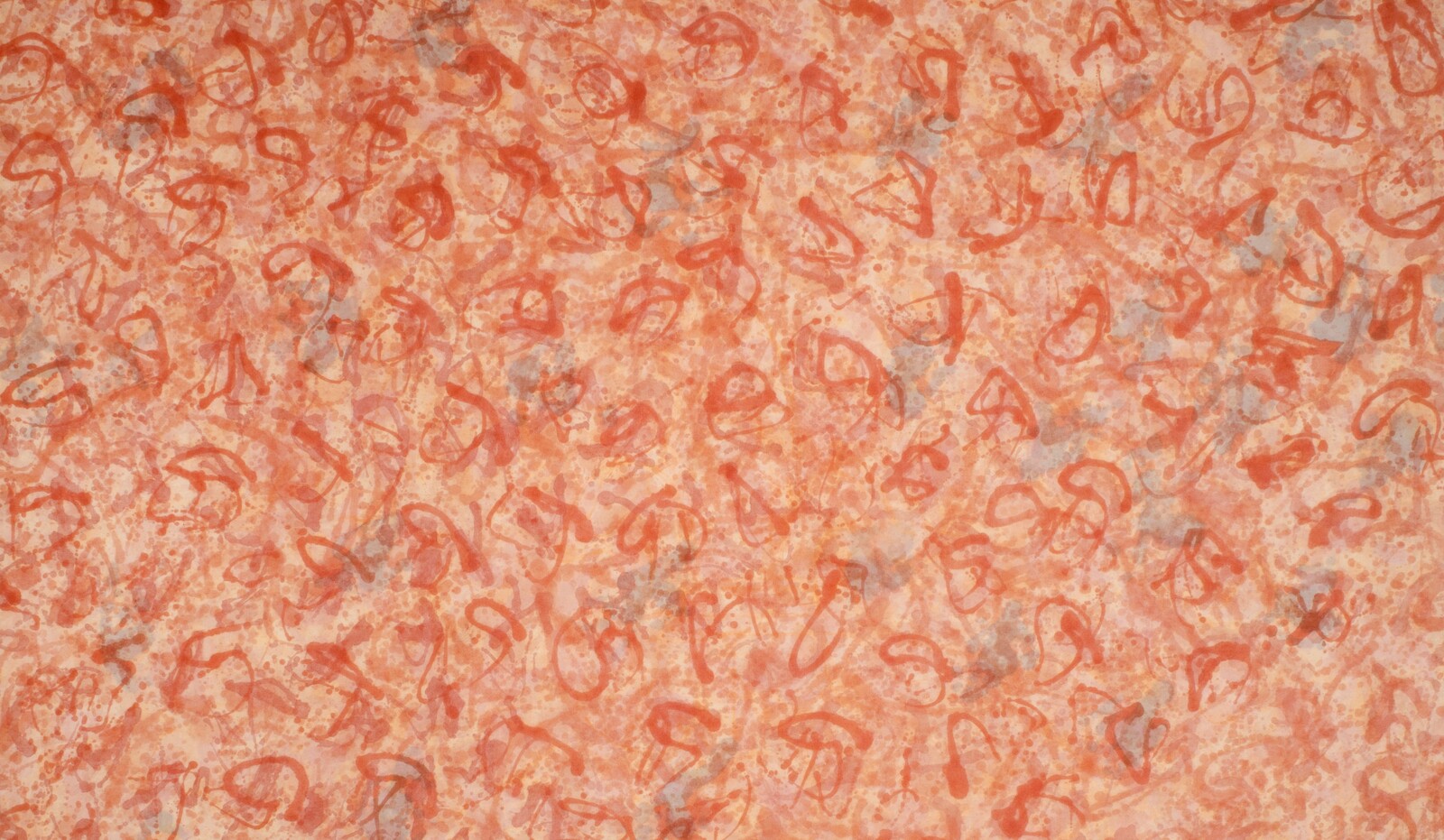From the Gestural to the Sublime
March 30–June 4, 2022
To view, visit here.
This exhibition discloses the experimental and innovative forces that engendered Howard Mehring’s stylistic evolution during the critical period from 1956 to 1961. From the age of twenty-five in 1956 Mehring advanced, within five years, beyond the prevailing style of abstract expressionism into his own lyrical style. The artist’s agile progression culminated in the “allover” paintings, original works which are delicate, expansive, ineffable, in a word - sublime.
Mehring’s precociousness captured the attention of his fellow Washington Color painter Gene Davis, who recalled:
“Howard Mehring’s show at the Origo Gallery (i) [1959] had about five different styles of painting. And Noland (ii) was experimenting with several types of work…None of us knew quite where to go… it’s a myth…that there is a clear-cut father-son relationship in this business. Let’s just say we all had access to the same sources and we all drew certain conclusions. Anyone who thinks that there is this historically neat division – Noland and Louis, and then the second generation, Davis, Downing and Mehring (and now a third generation!), is kidding himself!” (iii).
Selected works from 1956 and 1957 exemplify Mehring’s early stylistic experimentation. Untitled (green), 1956 features oil and enamel thickly applied with prominent brushstrokes and drips, techniques resonant of New York action painters such as Willem de Kooning and Jackson Pollock. Mehring’s energetic paint handling yields to calmer, subtler imagery with a smoother surface in Larch, 1956. This work demonstrates his assimilation of the pouring technique pioneered by his older Washington, D.C. colleague Morris Louis and signals an emphasis on color as Mehring’s primary means of expression. Untitled (blue gesture), 1957 displays once again the action of the artist’s hand, yet in a more fluid, calligraphic motion. Using Magna (iv) acrylic thinned with turpentine, he demonstrated his command of Helen Frankenthaler’s method of staining pigments into unsized canvas. On this change of approach Mehring reflected, “I was staining and Pollock was dripping. The drips tend to sit on the surface out in the front of the canvas while the stain penetrated it and it became a unified surface.” (v) Because of the surface quality he could achieve with Magna on unsized canvas, Mehring preferred it to other types of paint, with which, he asserted, “You don’t get the same sense of color weight that you get from Magna.” (vi) The color weight and surface qualities Mehring valued are manifested in Untitled (mist), 1957. Gesture is still present, yet it has been sublimated into softer, more diffuse imagery, attaining an ethereal effect. At this point in his career, Mehring was coming into his own as an artist with a distinguishing and confident new style of painting.
To continue reading visit here. © Jamie L. Smith PhD, 2022. CONNERSMITH.



